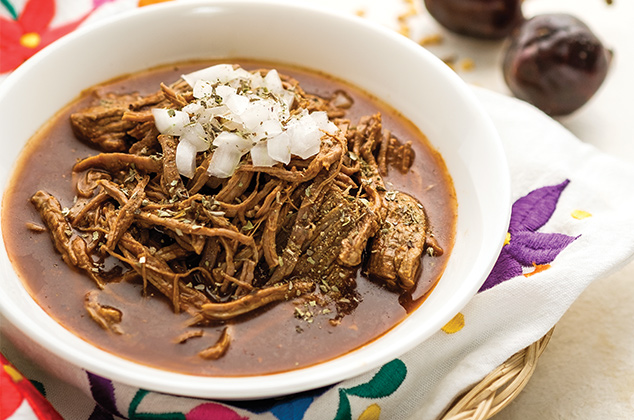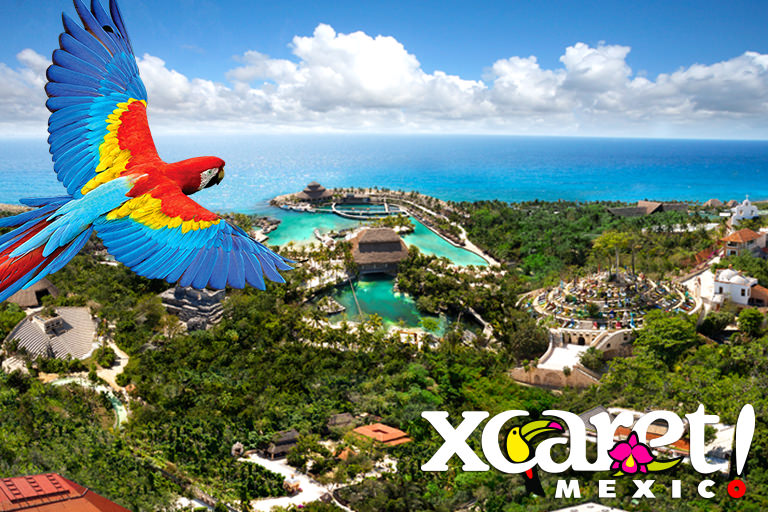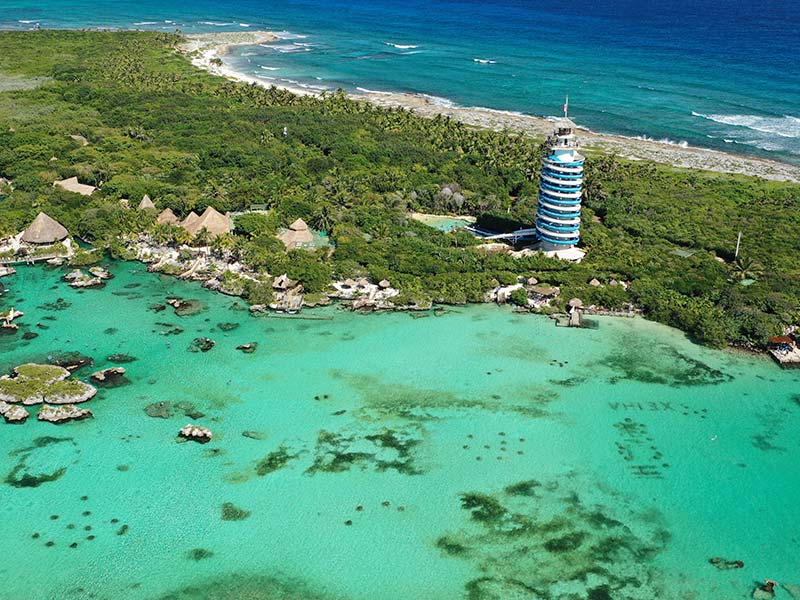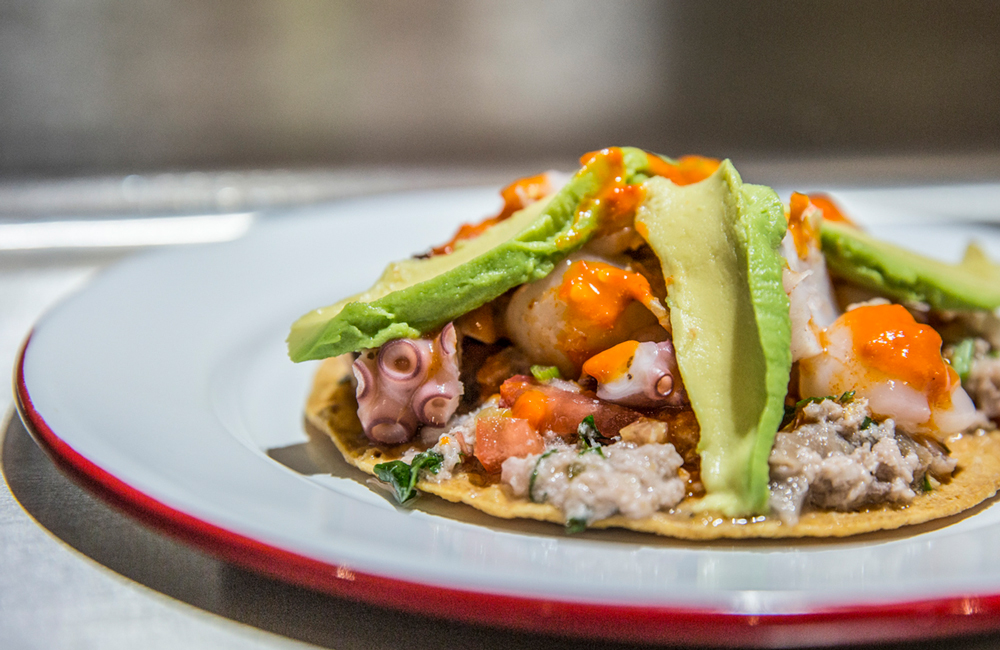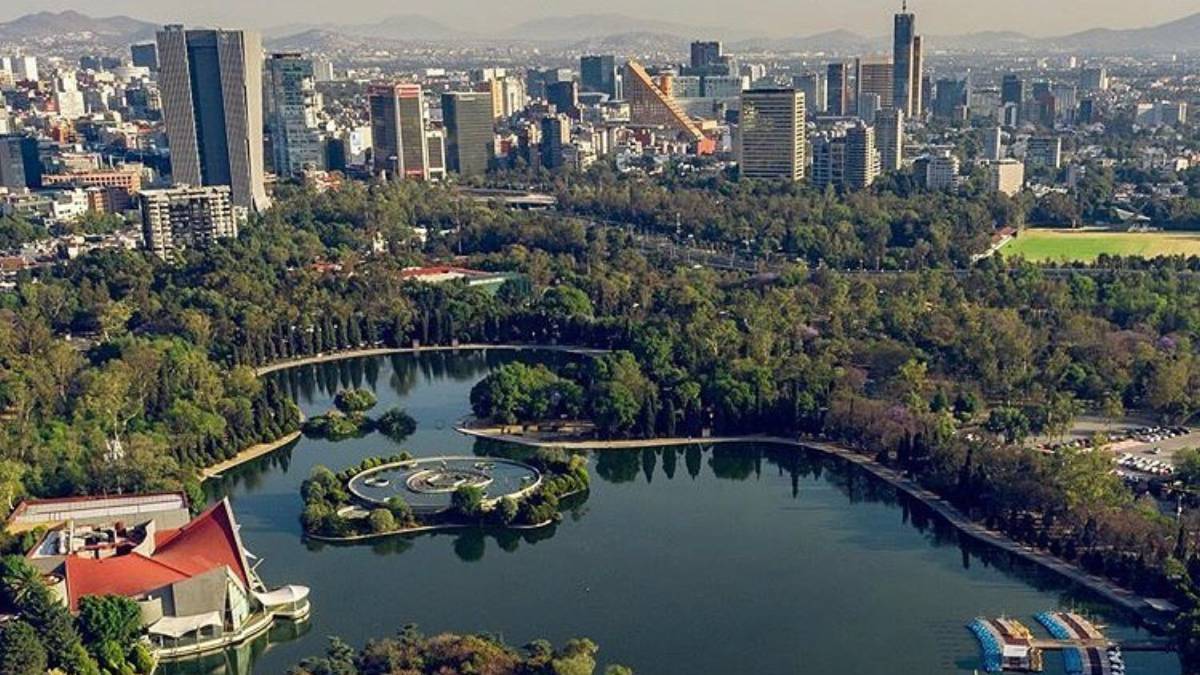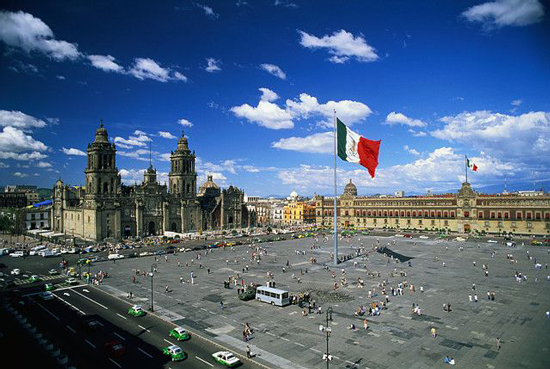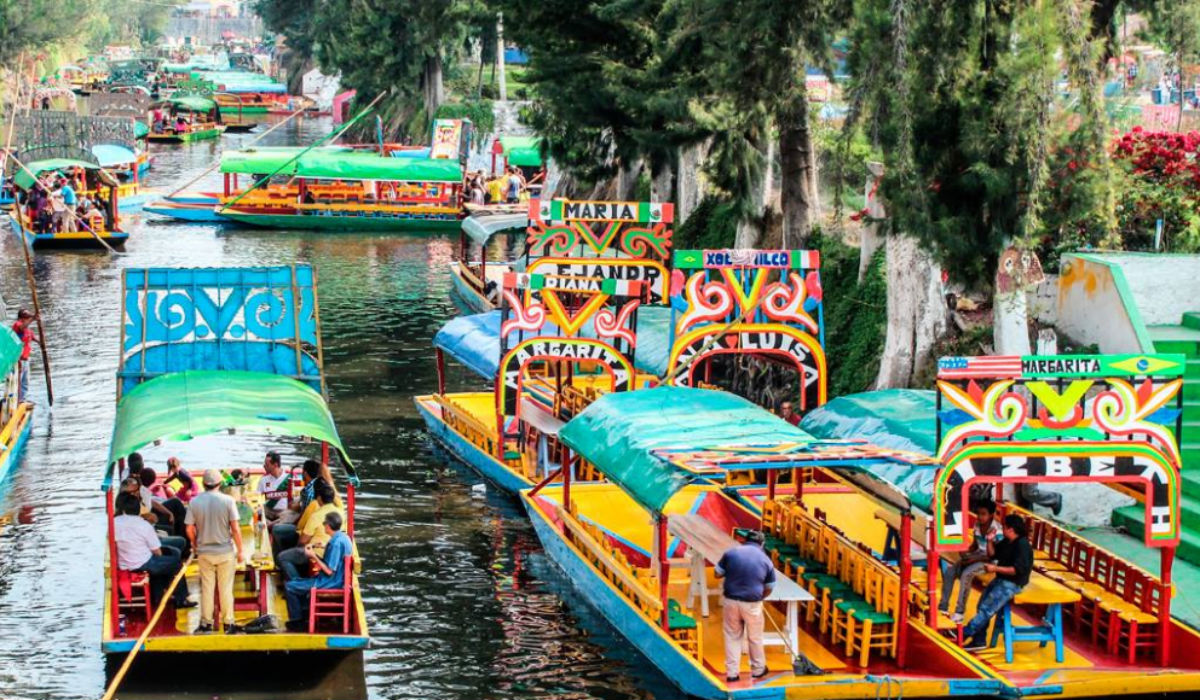- Attractions

This coastal geological phenomenon is more precisely a natural open chimney on the cliff, connected to sea caves. Depending on the tide and waves, the seawater crashes hard against the cliff and rises through these chimneys, blasting upward through the hole in the form of geyser-like foam spray and producing a distinctive sound.
This bufadero can reach 30 meters above sea level and is the first highest after Nakalele Point in Hawaii.
The interval between eruptions is more or less constant, and agrees with the period of the dominant wave, confirming that the activity of La Bufadora is determined by the sea waves on the surface.
San Pedro Mártir Observatory

The San Pedro Mártir National Astronomical Observatory is an observatory located in the Sierra of the same name, located in Ensenada, Baja California, Mexico. It was built by the National Autonomous University of Mexico. In 1971 the 84cm telescopes were installed. and 1.5m. And in 1979 UNAM inaugurated the 2.1m telescope. It is the most important observatory in Mexico. It is located at a height of 2,800 meters above sea level.
The main reflecting telescope, designed by José de la Herrán, photographed the asteroid (1915) Quetzálcoatl. Several institutions have requested permission from the observatory to build similar telescopes, called "Mextel".
Vineyards of the Valle De Guadalupe
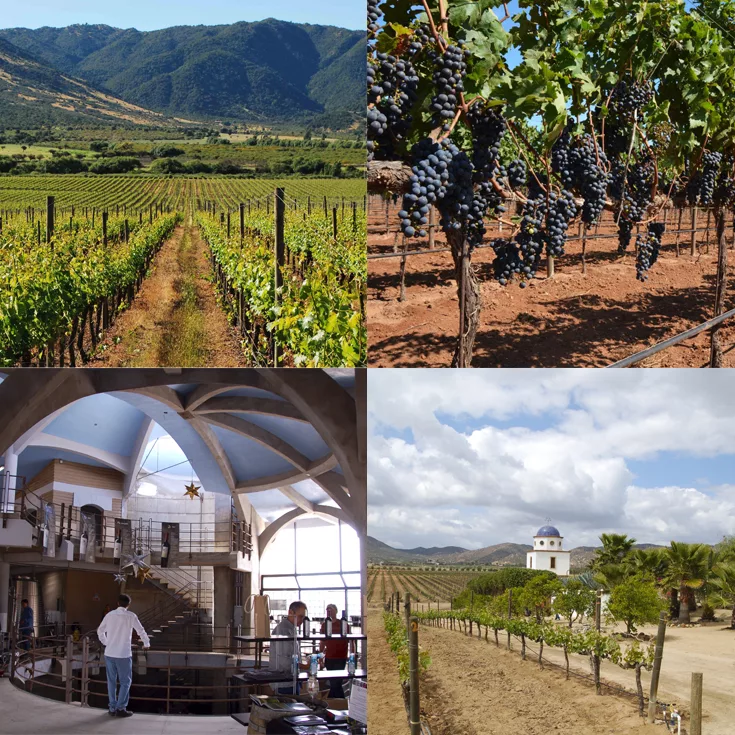
Baja California is appreciated for many reasons, but one of the ones that generates the most interest and tourism is the appreciated wines that are grown in the state's vineyards. There are many travelers from all over the world, especially from the United States, who arrive in Baja California following the Wine Route.
- Typical food
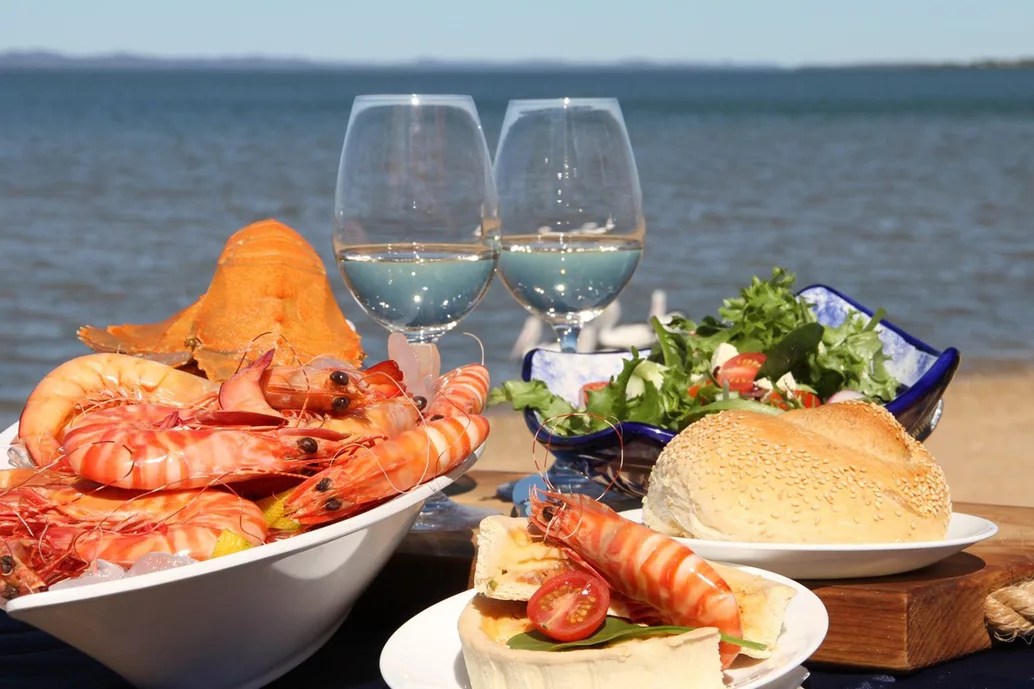
cesar salad, tecate bread, wines, lobster, fish tacos, among others

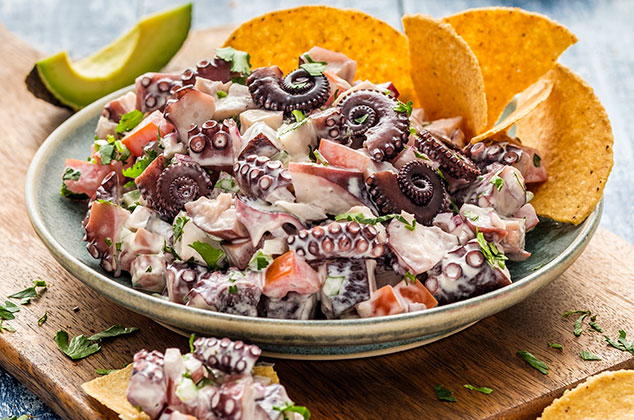

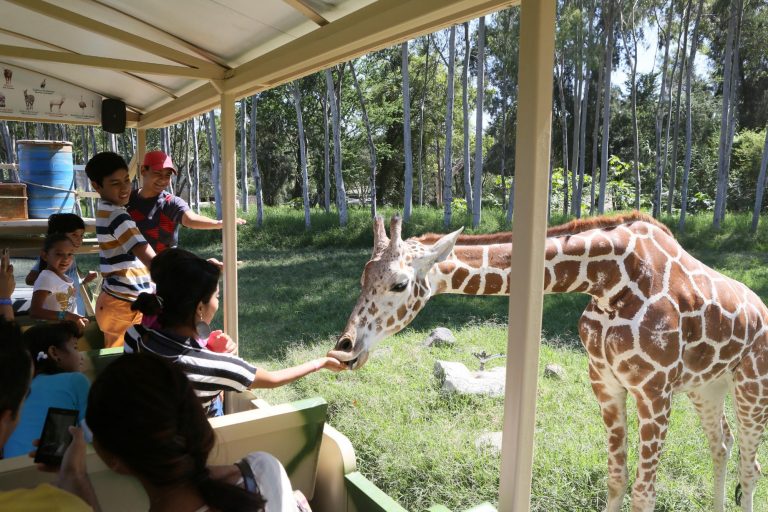
/04/22/05/04220557.jpg)
